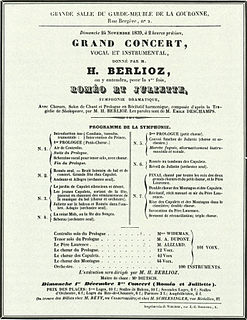 W
WRoméo et Juliette is a symphonie dramatique, a large-scale choral symphony by French composer Hector Berlioz, which was first performed on 24 November 1839. The libretto was written by Émile Deschamps, and the completed work was assigned the catalogue numbers Op. 17 and H. 79. It is based on Shakespeare's play Romeo and Juliet; it is regarded as one of Berlioz's finest works, and it is among the most original in form. The score is Berlioz's most comprehensive and detailed programmatic piece.
 W
WSymphonie fantastique: Épisode de la vie d'un artiste … en cinq parties Op. 14, is a program symphony written by the French composer Hector Berlioz in 1830. It is an important piece of the early Romantic period. The first performance was at the Paris Conservatoire on 5 December 1830. Franz Liszt made a piano transcription of the symphony in 1833.
 W
WThe Symphony in C is an early work by the French composer Georges Bizet. According to Grove's Dictionary, the symphony "reveals an extraordinarily accomplished talent for a 17-year-old student, in melodic invention, thematic handling and orchestration." Bizet started work on the symphony on 29 October 1855, four days after turning 17, and finished it roughly a month later. It was written while he was studying at the Paris Conservatoire under the composer Charles Gounod, and was evidently a student assignment. Bizet showed no apparent interest in having it performed or published, and the piece was never played in his lifetime. He used certain material from the symphony in later works, however. There is no mention of the work in Bizet's letters, and it was unknown to his earlier biographers. His widow, Geneviève Halévy (1849–1926), gave the manuscript to Reynaldo Hahn, who passed it along with other papers to the archives of the conservatory library, where it was found in 1933 by Jean Chantavoine. Soon thereafter, Bizet's first British biographer Douglas Charles Parker (1885–1970) showed the manuscript to the conductor Felix Weingartner, who led the first performance in Basel, Switzerland, on 26 February 1935.
 W
WThe Symphony in C is a symphony by the French composer Paul Dukas, dedicated to his fellow musician Paul Vidal.
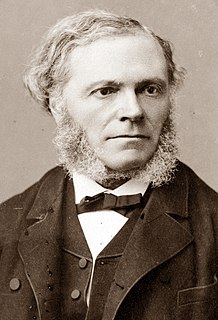 W
WThe Symphony in D minor is the best-known orchestral work and the only mature symphony written by the 19th-century composer César Franck. The work is unusual in being in three, rather than the traditional four, movements. It employs a cyclic form, with important themes recurring in all three movements.
 W
WThe Symphony No. 1 "La nuit des tropiques", D. 104, is Louis Moreau Gottschalk's first and most well-known symphony.
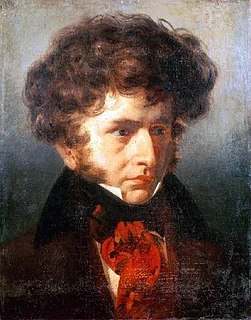 W
WHarold en Italie, Symphonie en quatre parties avec un alto principal, Op. 16, H. 68, a symphony with solo viola by Hector Berlioz, written in 1834.
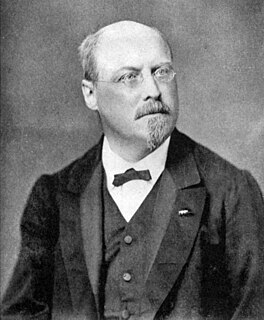 W
WSymphony No. 1 in D major, An das Vaterland, Op. 96, was composed by Joachim Raff between 1859 and 1861.
 W
WSymphony No. 5 in E major (Lenore), Op. 177, was composed by Joachim Raff between 1870 and 1872. It is generally regarded as his best symphony and the most frequently performed and recorded today. It was inspired by Gottfried August Bürger's ballad Lenore, set during the Seven Years' War.
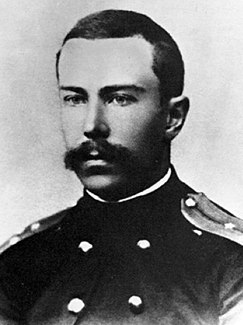 W
WNikolai Rimsky-Korsakov composed his Symphony No. 1 in E minor, Op. 1, between 1861 and 1865 under the guidance of Mily Balakirev. Balakirev also premiered the work at a concert of the Free Music School in December 1865. Rimsky-Korsakov revised the work in 1884.
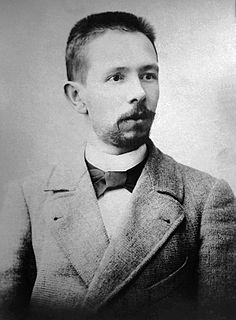 W
WThe Symphony No. 1 in G minor by Russian composer Vasily Kalinnikov was written from 1894 to 1895 and first published in 1900. The symphony is dedicated to Russian music critic and teacher Semyon Kruglikov.
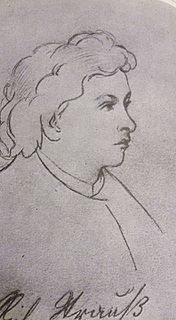 W
WRichard Strauss composed his Symphony No. 1 in D minor in 1880 when he was just 16 years old. It consists of four movements, and lasts about 34 minutes. Although Strauss did not give a number to the symphony, it is often referred to as his First Symphony. It was premiered on 30 March 1881 at the Munich Academy of Music under the baton of Hermann Levi.
 W
WSymphony No. 2 in B minor by Alexander Borodin was composed intermittently between 1869 and 1876. It consists of four movements and is considered the most important large-scale work completed by the composer himself. It has many melodic resemblances to both Prince Igor and Mlada, two theatre works that diverted Borodin's attention on and off during the six years of composition.
 W
WThe Symphony No. 2 in A major by Russian composer Vasily Kalinnikov was composed from 1895–1897 and first published in 1901. The symphony is dedicated to Alexander Winogradsky.
 W
WThe Symphony No. 2 in F minor was written by Richard Strauss between 1883 and 1884. It is sometimes referred to as just Symphony in F minor. He gave it the Opus number 12, and it also appears in other catalogues as TrV 126 and Hanstein A.I.2. It is not listed in von Asow's catalog.
 W
WThe Organ Symphony No. 3 in F-sharp minor, Op. 28, is an organ symphony by Louis Vierne. He composed it in 1911, and it was first performed in March 1912. It was first published by Éditions Durand the same year. It has been described as the most inspired and best structured of his six organ symphonies.
 W
WThe Symphony for Organ No. 6 in G minor, Op. 42, No. 2, is an organ symphony by Charles-Marie Widor. Completed in 1878, the composer premiered it at the Palais du Trocadéro as part of the Paris World Exhibition. It was first published by Hamelle in 1879, together with the famous Symphony for Organ No. 5.